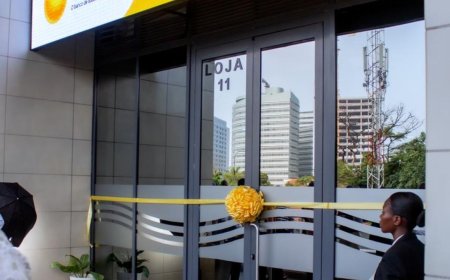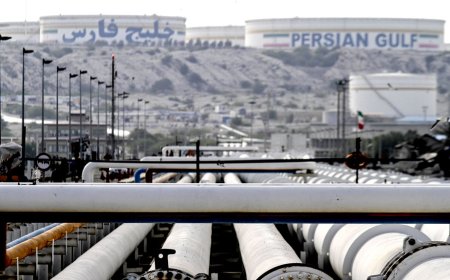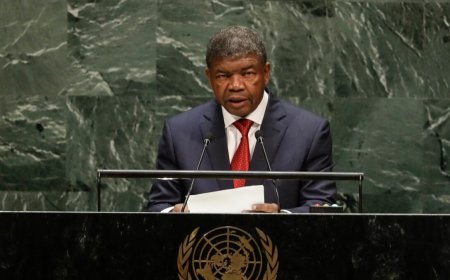Deposits of Angolan banks 'soar' 31% to 17.6 billion Kwanzas in 2023.
This is significant growth, which registered a variation of 37.8% compared to December 2022, which translates into an increase in cash held by the public, institutions and companies that was not captured by the banking sector.
The aggregate of 23 commercial banks operating in Angola closed last year's financial year accumulating a total of 17.6 billion Kwanzas in customer deposits, with BAI leading the list of banks that absorbed the most assets, according to sector data compiled by Deloitte.
The increase, explains the consultancy Deloitte, is explained by the increase in cash held by the public, institutions and companies that was not captured by the banking sector.
Taking into account the composition of deposits by nature, it is possible to see that term deposits represent around 52% of total deposits, with a similar weight seen in 2022.
Since 2015, the weight of term deposits has been growing, with a weight of 44%. This growth cycle was broken in 2020, when demand deposits represented around 53% of total deposits.
According to data published by the BNA and cited in the study by Deloitte, the weight of deposits in national currency rose to 56% of total deposits compared to 60% recorded in 2022, countering the downward trend seen between 2017 and 2020.
From 2014 to 2020, there was an increase in the total value of deposits of around 163%, while in 2021 there was a reversal of this trend, with the greatest impact being seen in demand deposits, with a reduction of around 13%. This reduction between 2020 and 2021 is the result of the appreciation of the Kwanza against the reference currencies (US Dollar and Euro), which impacted the reduction of deposits in foreign currency.
The increase in the weight of deposits in foreign currency is generally related to the exchange rate devaluation of the Kwanza against the US Dollar and the Euro, observed in 2023, after a period of appreciation/stabilization observed between 2021 and 2022.
Deposits of Angolan banks 'soar' 31% to 17.6 billion Kwanzas in 2023
This is significant growth, which registered a variation of 37.8% compared to December 2022, which translates into an increase in cash held by the public, institutions and companies that was not captured by the banking sector.

The aggregate of 23 commercial banks operating in Angola closed last year's financial year accumulating a total of 17.6 billion Kwanzas in customer deposits, with BAI leading the list of banks that absorbed the most assets, according to sector data compiled by Deloitte.
The increase, explains the consultancy Deloitte, is explained by the increase in cash held by the public, institutions and companies that was not captured by the banking sector.
Taking into account the composition of deposits by nature, it is possible to see that term deposits represent around 52% of total deposits, with a similar weight seen in 2022.
Since 2015, the weight of term deposits has been growing, with a weight of 44%. This growth cycle was broken in 2020, when demand deposits represented around 53% of total deposits.
According to data published by the BNA and cited in the study by Deloitte, the weight of deposits in national currency rose to 56% of total deposits compared to 60% recorded in 2022, countering the downward trend seen between 2017 and 2020.
From 2014 to 2020, there was an increase in the total value of deposits of around 163%, while in 2021 there was a reversal of this trend, with the greatest impact being seen in demand deposits, with a reduction of around 13%. This reduction between 2020 and 2021 is the result of the appreciation of the Kwanza against the reference currencies (US Dollar and Euro), which impacted the reduction of deposits in foreign currency.
The increase in the weight of deposits in foreign currency is generally related to the exchange rate devaluation of the Kwanza against the US Dollar and the Euro, observed in 2023, after a period of appreciation/stabilization observed between 2021 and 2022.
What's Your Reaction?













































